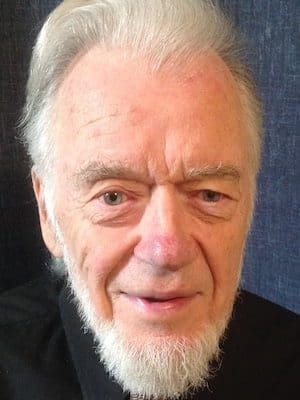There have been missionaries to “foreign” places and ethnic groups from the time of the Apostle Paul to the present.
The modern Protestant missionary movement, however, began with Englishman William Carey in 1792.
Building upon Carey’s groundbreaking ideas and actions, extensive time, effort and resources have been expended on global missionary activities during the 225 years since Carey first went to India.
According to the most recent statistics I could find (here), in 2010 there were approximately 400,000 serving as international Christian missionaries. Of those, 127,000 were U.S. missionaries; surprisingly, Brazil was the number-two missionary-sending country.
As missionary activity by Europeans and Americans is much less prominent now than in previous generations, nearly half of the world’s top missionary-sending countries are now located in the global South.
In the U.S., there are now many Christians who seem to think evangelistic missionary activities ought to be curtailed altogether.
There were, of course, opponents and critics of the modern missionary movement from the beginning and throughout the two centuries in which it flourished. From the beginning, Carey struggled to overcome strong opposition to his ideas about missions.
In recent decades, though, much of the criticism of “foreign” missionary work has been, justifiably, because of what was so-often a tie between the work of the missionaries and the colonialist and imperialistic activities of the Western countries from which most missionaries were sent.
Previously, that link was also the scourge of Catholic missions in the so-called “new world” from the time of Columbus, who saw himself as a missionary of sorts.
And Hernán Cortés, who founded Vera Cruz (true cross), Mexico in the 1500s, reportedly said, “We have come here to win souls for Holy Mother Church and to get much gold.”
More than three centuries later, the famous Scottish missionary, David Livingstone, declared in an 1857 speech given at Cambridge, “My desire is to open a path to this district [in Africa], that civilization, commerce and Christianity might find their way there.”
To many critics, even more odious than the link between missionary activity and economic imperialism was what seemed to be cultural and religious imperialism promulgated by the missionaries. The latter was especially seen in much of the missionary work among the U.S. Indians.
Perhaps largely because of the criticism of much traditional missionary activity, which emphasized converting people to Christianity, the focus of much mission work in recent years has shifted primarily to benevolent work aimed at helping people live better in this present world.
“Mission trips,” which have become commonplace for many churches and Christian organizations, are almost completely concerned with helping people in physical need or deprivation.
To be sure, through the years since the beginning of the modern mission movement, responding in Christian love to the physical and psychological needs of suffering people has been a definite part of missionary activity.
For most forms of the faith, however, that activity was conducted in addition to, and usually secondarily to, the work of evangelism that endeavored to lead people to make a confession of faith in Jesus as Savior, to be baptized and to become members of a local church.
While there is good reason to emphasize deeds and not just words, is there any reason not to have both?
Leroy Seat was a missionary to Japan from 1966-2004 and is both professor emeritus of Seinan Gakuin University and pastor emeritus of Fukuoka International Church. A version of this article first appeared on his blog, The View from This Seat. It is adapted from a chapter of his unpublished book, “Thirty True Things Everyone Needs To Know Now,” and is used with permission. You can follow him on Twitter @LKSeat.
A missionary to Japan from 1966-2004, he is both professor emeritus of Seinan Gakuin University and pastor emeritus of Fukuoka International Church.

